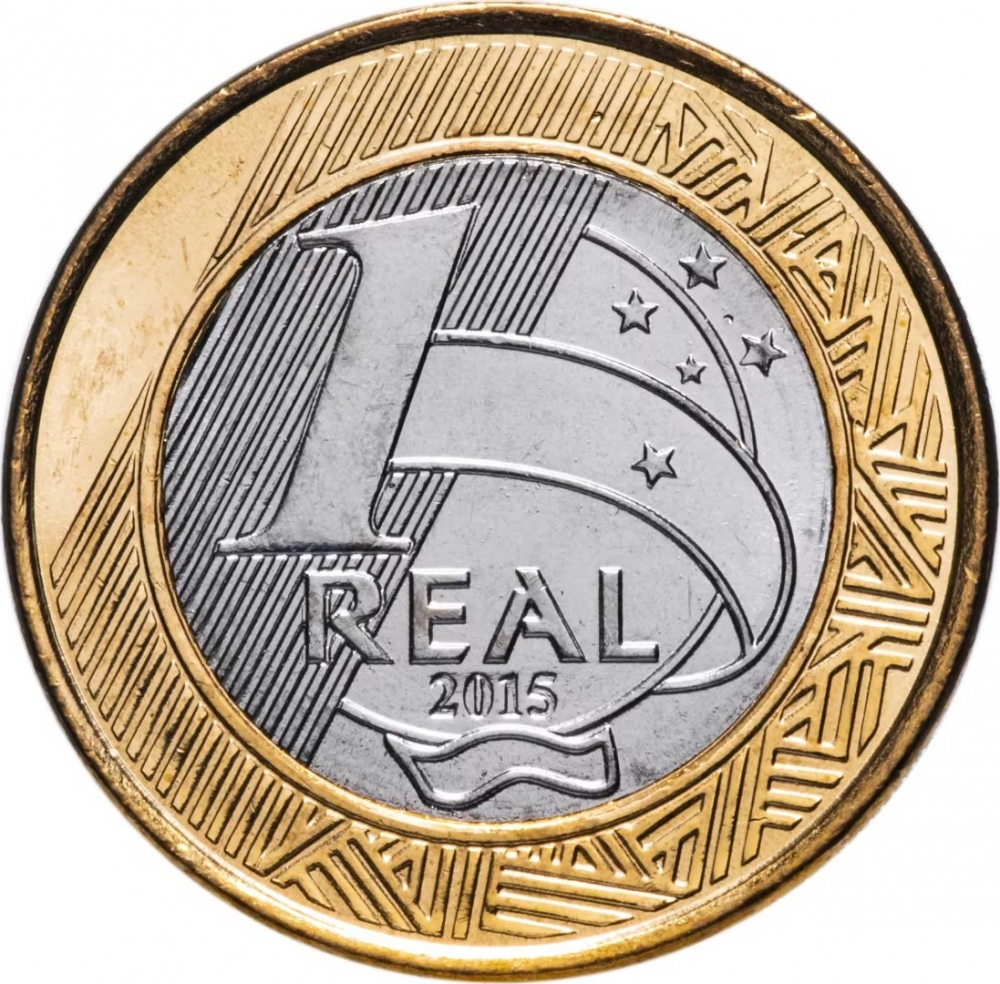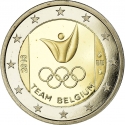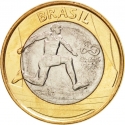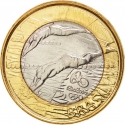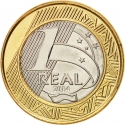You are about to finish your registration. Please check your mailbox (including spam folder). There should be a letter with a confirmation link. Check setting to make sure that your e-mail address is correct.
Send letter againDescription
Commemorative coins have been an Olympic tradition since the ancient Games, formally organized as collectors’ items starting with the Helsinki 1952 Games. The Rio 2016 Games marked the first time Brazil issued a commemorative coin collection for the Olympics.
To celebrate the Rio 2016 Olympic and Paralympic Games, the Brazilian Central Bank created 36 commemorative coins. This collection includes sixteen R$1 coins for regular circulation, along with four gold and sixteen silver coins.
Obverse

|
Depicts a hand sinking ball in the basket and the Rio 2016 Summer Olympics logo, the country name above. BRASIL |
|---|---|
Reverse

|
Numerical denomination and date surrounded by geometric patterns and Southern Cross. 1 |
| Edge |
1 Real
Rio 2016 Summer Olympics
Basketball
Subscribe series
KM# 704 Schön# 209
Rio 2016 Summer Olympics
Basketball
Characteristics
| Type | Commemorative Issue (Circulating) |
| Material | Bi-Metallic |
| Ring | Bronze Plated Steel |
| Center | Stainless Steel |
| Weight | 7 g |
| Diameter | 27 mm |
| Thickness | 1.95 mm |
| Shape |
|
| Alignment | Coin |
| Mint |
Casa da Moeda do Brasil (CMB)
|

